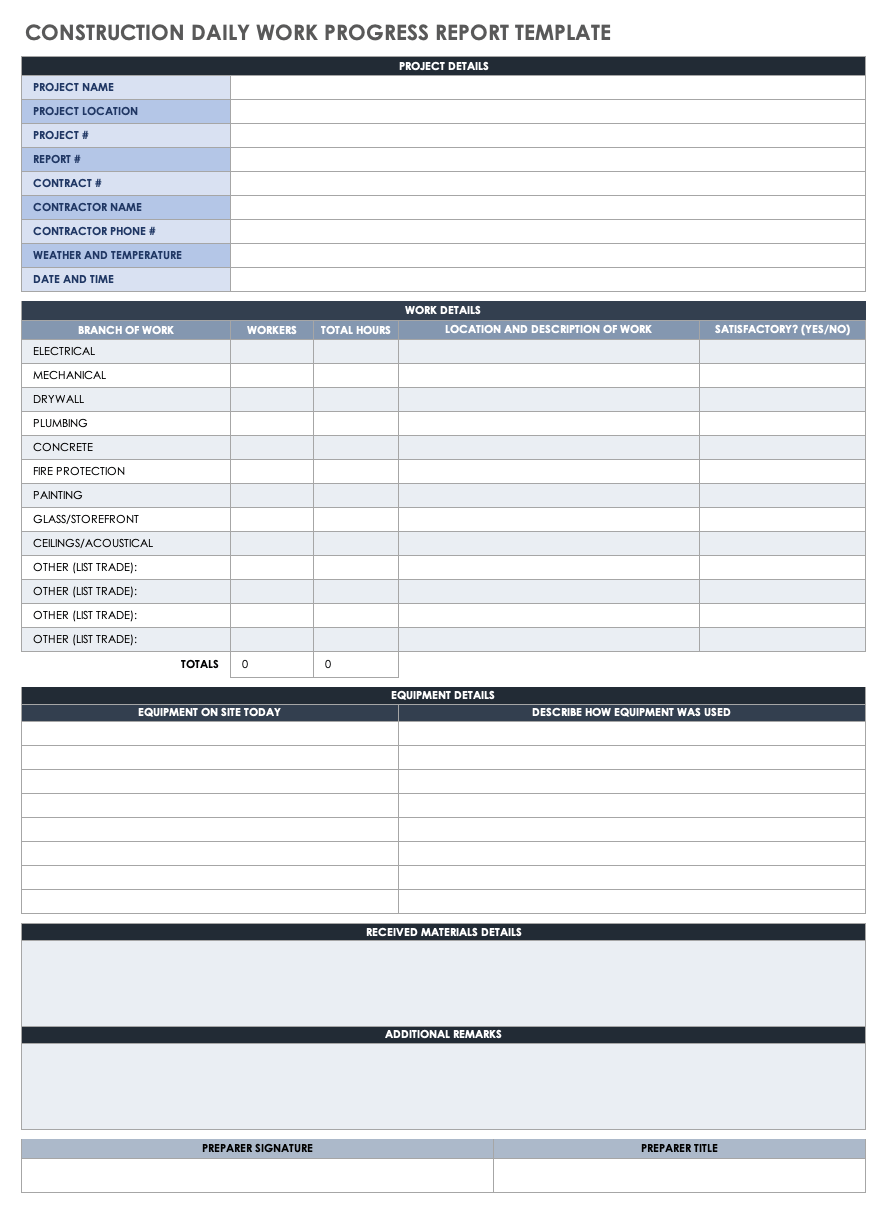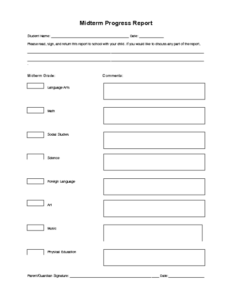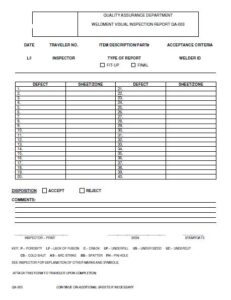Managing a construction project can often feel like orchestrating a symphony of moving parts, from heavy machinery and diverse teams to intricate schedules and unexpected weather changes. Without a clear and consistent way to track daily activities, it’s easy for small issues to snowball into significant delays and budget overruns. Effective communication and documentation are the unsung heroes of a successful project, keeping everyone aligned and informed.
Imagine trying to recall every detail of yesterday’s work, including who was on site, what equipment was used, or if any safety concerns arose. This kind of information is crucial for project managers, stakeholders, and even for future audits or dispute resolution. That’s where a structured approach to daily reporting becomes invaluable, transforming chaotic data points into actionable insights that drive efficiency and accountability.
By implementing a robust system for capturing daily site activities, you’re not just creating records; you’re building a foundation for transparent operations and informed decision-making. A well-designed construction site daily progress report template serves as your compass, guiding you through the complexities of project management and ensuring every day’s progress is accurately logged and understood by all involved parties.
What Makes an Effective Construction Daily Progress Report?
An effective construction daily progress report is far more than just a checklist; it’s a comprehensive narrative of the day’s activities, designed to provide a clear and concise snapshot of site operations. Its primary goal is to ensure that all relevant information, from workforce deployment to material usage and any encountered issues, is accurately documented. This level of detail empowers project managers to track progress against the schedule, identify potential bottlenecks early, and make timely adjustments to keep the project on track.
At its core, a strong daily report captures essential administrative details. This includes the project name and identification number, the specific date of the report, and the name of the person preparing it. Crucially, it also logs environmental conditions such as weather, which can significantly impact work, and tracks the composition of the workforce, detailing the number of workers per trade and their hours on site. These foundational elements ensure that every report is properly contextualized and easily identifiable.
The heart of the report lies in documenting the actual work performed. This section requires a detailed breakdown of tasks completed, the specific areas of the site where work occurred, and the current stage of completion for various activities. It also includes an inventory of major equipment used, noting its operational hours and any maintenance issues or breakdowns. Furthermore, any materials received or consumed during the day are logged, providing a clear picture of resource management and inventory levels.
Key Sections to Include
- Project Details: Project Name, ID, Date, and Reporter’s Name.
- Weather Conditions: Temperature, wind, precipitation, and general site conditions.
- Workforce Tracking: Number of workers per trade, supervisor names, and total hours worked.
- Work Performed: Detailed description of tasks, their location on site, and progress made.
- Equipment Used: Type of equipment, hours in operation, and any noted issues.
- Materials Received and Used: Quantity, type, and location of materials.
- Safety Incidents/Observations: Any accidents, near misses, or safety non-compliance observed.
- Issues or Delays Encountered: Description of problems, their impact, and proposed solutions.
- Site Visitor Log: Names of visitors, their organization, and purpose of visit.
- Next Day’s Plan: A brief outline of planned activities for the following day.
- Signatures: Approval from the site supervisor or project manager.
Beyond simply listing completed tasks, an effective report dedicates a significant section to “issues or delays encountered.” This proactive approach allows for immediate reporting of any challenges, from equipment malfunctions to unexpected site conditions or subcontractor no-shows. Documenting these issues promptly, along with their impact on the schedule and any initial steps taken to resolve them, is vital for proactive risk management and avoiding costly escalations. It provides a historical record that can be invaluable for analyzing project performance and improving future planning.
Finally, a robust daily progress report often concludes with a look ahead. The “Next Day’s Plan” section outlines anticipated activities, helping teams prepare and ensuring continuity of work. The inclusion of signatures from key personnel, such as the site supervisor, adds a layer of accountability and confirms that the information reported is accurate and has been reviewed. Consistency in filling out these reports daily, without fail, is paramount to harnessing their full power as a project management tool.
Streamlining Your Reporting Process with a Construction Site Daily Progress Report Template
The thought of compiling a detailed report every single day might seem daunting, especially for busy site supervisors juggling multiple responsibilities. This is precisely where the power of a standardized template comes into play. A well-designed construction site daily progress report template doesn’t just simplify the reporting process; it revolutionizes it, bringing consistency, efficiency, and clarity to what could otherwise be a fragmented and time-consuming task. It acts as a clear roadmap, guiding the reporter through all the necessary data points, ensuring nothing critical is overlooked.
Using a template ensures that every report, regardless of who completes it, maintains a uniform structure and captures the same essential information. This standardization is crucial for comparative analysis, allowing project managers to easily track trends, identify recurring issues, and measure productivity over time. Whether you choose to implement a digital template accessible via a mobile device or a traditional paper-based form, the key is customization. A good construction site daily progress report template should be adaptable to the unique needs of your specific project and organizational structure, making it a practical tool rather than just another administrative burden.
Beyond mere data collection, a standardized template significantly improves communication among all project stakeholders. When everyone knows exactly where to find specific information – from daily safety briefings to material delivery logs – discussions become more focused and decisions more informed. This transparency fosters trust and reduces misunderstandings, which are often sources of delays and disputes in construction. Ultimately, adopting a robust template is an investment in clearer communication, better risk management, and a more streamlined path to successful project completion.
Embracing detailed daily reporting is not merely a bureaucratic task; it’s a fundamental pillar of effective construction project management. By consistently capturing the nuances of site activities, you create an invaluable historical record that empowers proactive decision-making, mitigates risks, and fosters a culture of accountability. Such diligence ensures that every day’s efforts contribute meaningfully to the overarching project goals, keeping budgets in check and timelines on track.
The effort invested in maintaining thorough and accurate daily progress reports pays dividends in the long run, leading to smoother operations, improved stakeholder relations, and ultimately, the successful delivery of complex projects. It transforms uncertainty into clarity, allowing teams to navigate challenges with confidence and celebrate achievements based on verifiable data.




